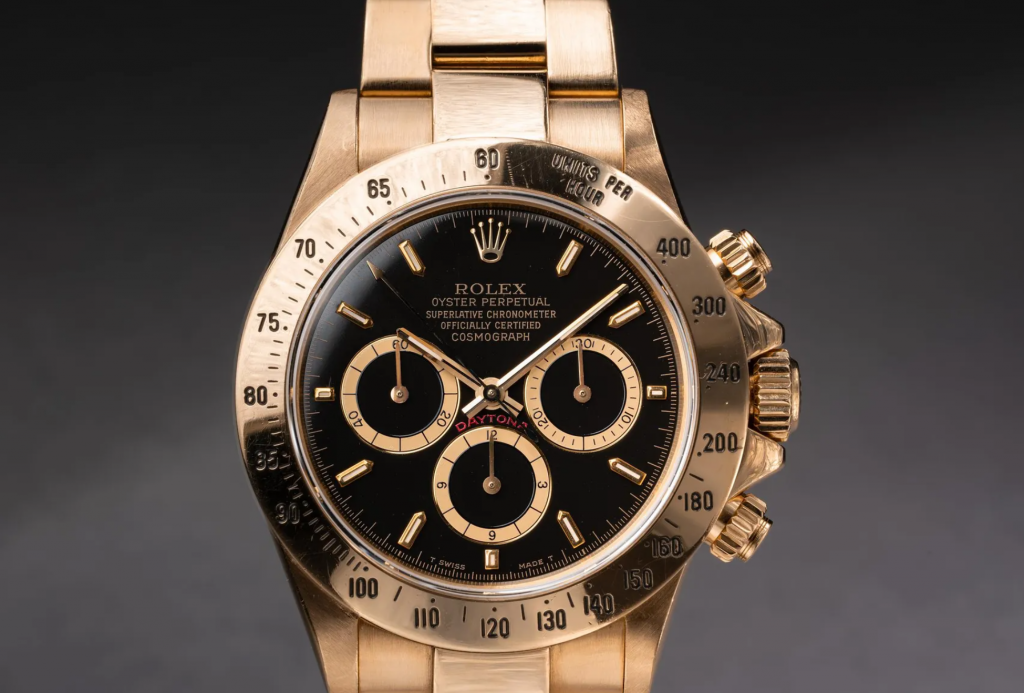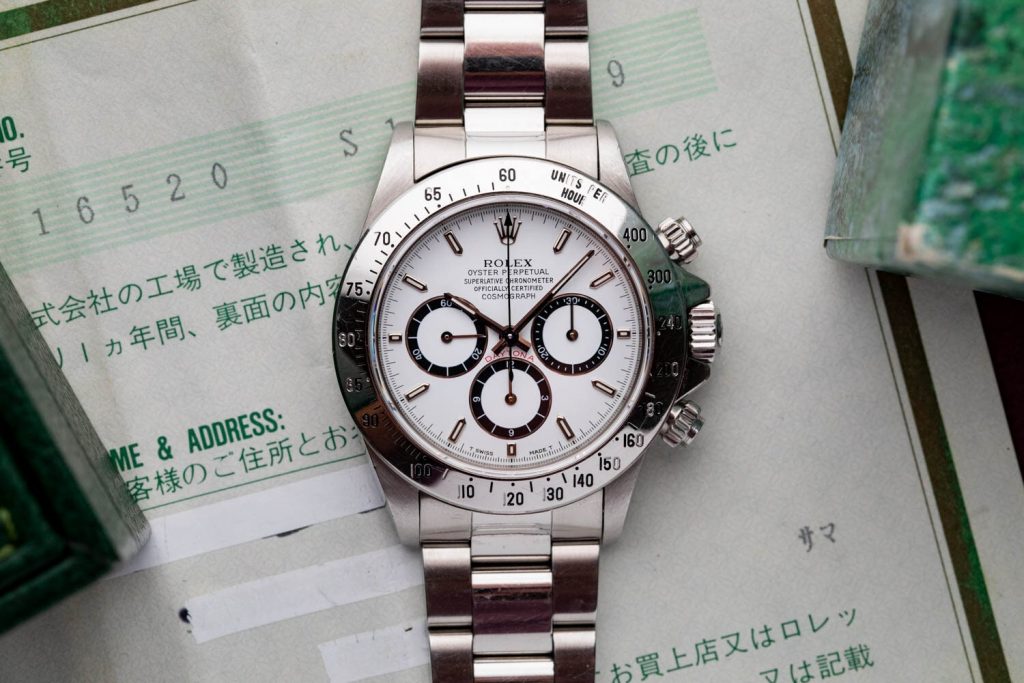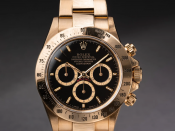Grail watches are a little bit like presidents: oftentimes it’s the older, the grayer, the one more lacquered with history that wins out. Which makes the neo-vintage 1:1 fake Rolex Daytona with a Zenith caliber, at a ripe 34 years old, practically a starlet. But this specific model, born in 1988 in Geneva to doting parents (AAA replica Rolex’s Daytona and Zenith’s El Primero movement) that, despite its age, on the fast track to stardom.

The perfect replica Rolex Zenith Daytona (let’s call it the ZD) is a representative of what’s called neo-vintage movement, which refers to pieces made in the ‘80s and ‘90s that aren’t exactly vintage, but aren’t modern either. For a generation of fans who grew up in the ‘90s and are now coming into their own as collectors, neo-vintage watches happen to be the ones they grew up fawning over. “The consumer of tomorrow isn’t going to have the appreciation older collectors had for [high end copy watches made before the late ‘80s],” says Tim Bender, one of the ZD’s biggest fans, a Dude Who Knows Stuff, and the owner of Fog City Vintage.
Bender references what John Mayer told Hodinkee once, about how our idea of what it means to make it guides what we buy. Symbols that represent that made-it-ness calcify at a young age, and we spend the rest of our lives chasing those badges of success. That’s the reason Jacek Kozubek, another of the ZD’s biggest fans, a Dude Who Knows Stuff, and the owner of Tropical Watch, says he’s now selling more neo-vintage best quality Rolex fake watches than anything else.

So many more people are getting into collecting, and many of them are starting with neo-vintage, says Kozubek. “It’s much easier to wrap your head around something that’s $7,000 from the ‘90s than buying something from the ‘70s that’s $30,000,” Kozubek says. “It’s just easier: easier to buy, easier to service, less money to spend, just as cool.” Kozubek goes on to call the ZD the Goldilocks of best quality fake watches: it’s got the rugged good looks and signs of aging people love from vintage with the durability and ease-of-wear that comes with modern pieces. Of course, the way the watch market works, the ZD is no longer quite so easy to get: Bender and Kozubek each say that they sell about four to five a month for upwards of $40,000 (as long as it’s got box and papers).
To birth the ZD, Swiss made replica Rolex brought in (and heavily modified) Zenith’s El Primero caliber, which powered the world’s first automatic chronograph movement. That modified movement was put into top super clone Rolex’s first automatic Daytona. What that means in layman’s terms is that the Daytona no longer needed to be wound everyday. “It becomes a usable watch,” says Kozubek.
The ZD is far from a nepo baby, though. It has its own masculine and rugged good looks. One of its defining features is a quirky detail: the “inverted 6,” an upside-down 6 numeral at the subdial located at the bottom of ZD’s face. (This detail appears only on versions made from ‘88 to the early ‘90s.) Both Bender and Kozubek point to the ZD’s brushed case and lugs, compared to polished versions on modern UK Swiss movement fake Rolex Daytonas. It creates “a very, very, very big difference in how the watch feels,” Kozubek argues. The new polished watches appear dressy and fancy-schmancy, but the ZD’s brushed look is sporty—exactly how an old AAA quality replica Rolex is supposed to feel.
But the ZD’s real allure may come down to the inarticulable way it makes collectors feel. Back in the ‘90s, there was “no Google, no Twitter, no Instagram, you can take a shit without having an iPhone and looking at a screen. People would actually talk to each other,” Kozubek says. “You put on the super clone watch for sale, and it makes you feel like the ‘90s.” For many fans of the ZD, like Kozubek, that alone is worth the price of admission.

